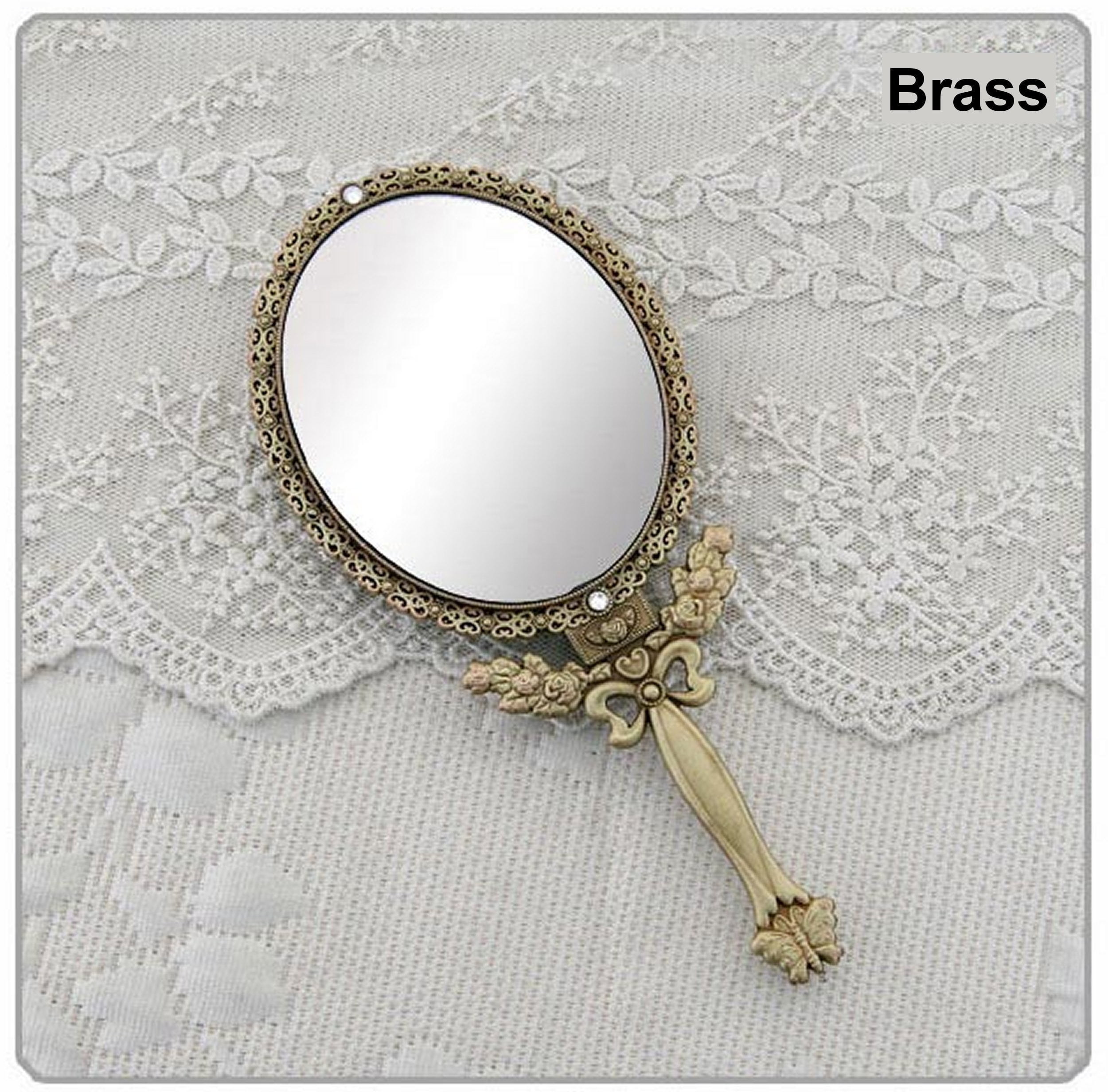
Vehicle lighting colour specifications can differ somewhat in countries that have not signed the 1949 and/or 1968 Conventions examples include turn signals and side marker lights in North America, as described in those lights' sections later in this article.įorward illumination is provided by high- ("main", "full", "driving") and low- ("dip", "dipped", "passing") beam headlights, which may be augmented by auxiliary fog lights, driving lights, or cornering lights. No other colours are permitted except on emergency vehicles.


With some regional exceptions, lights facing rearward must emit red light, side-facing lights and all turn signals must emit amber light, and lights facing forward must emit white or selective yellow light. The colour of light emitted by vehicle lights is largely standardized by established conventions, first codified in the 1949 Geneva Convention on Road Traffic and later specified in the 1968 United Nations Vienna Convention on Road Traffic. In 1993, the first LED tail lights were installed on mass-production automobiles, with LED headlights subsequently being introduced in the 2000s. High-intensity discharge (HID) headlights were produced starting in 1991. Halogen headlights were developed in Europe in 1960. By 1945, headlights and signal lights were integrated into the body styling. Self-cancelling turn signals were developed in 1940. Sealed beam headlights were introduced in 1936 and standardized as the only acceptable type in the US in 1940. Tail lights and brake lights were introduced around 1915, and by 1919, low-beam or dipped beam headlights were available. She did not patent these inventions, however, and as a result, she received no credit for-or profit from-either one. Silent film star Florence Lawrence is often credited with designing the first " auto signalling arm", a predecessor to the modern turn signal, along with the first mechanical brake signal. Dynamos for automobile headlights were first fitted around 1908 and became commonplace in 1920s automobiles. It did not have all-electric lighting as a standard feature until several years after its introduction. The Ford Model T used carbide lamps for headlights and oil lamps for tail lights.
MINI HAND MIRROR FULL
3.1.2 High beam (main beam, driving beam, full beam).

3.1.1 Low beam (dipped beam, passing beam, meeting beam).


 0 kommentar(er)
0 kommentar(er)
